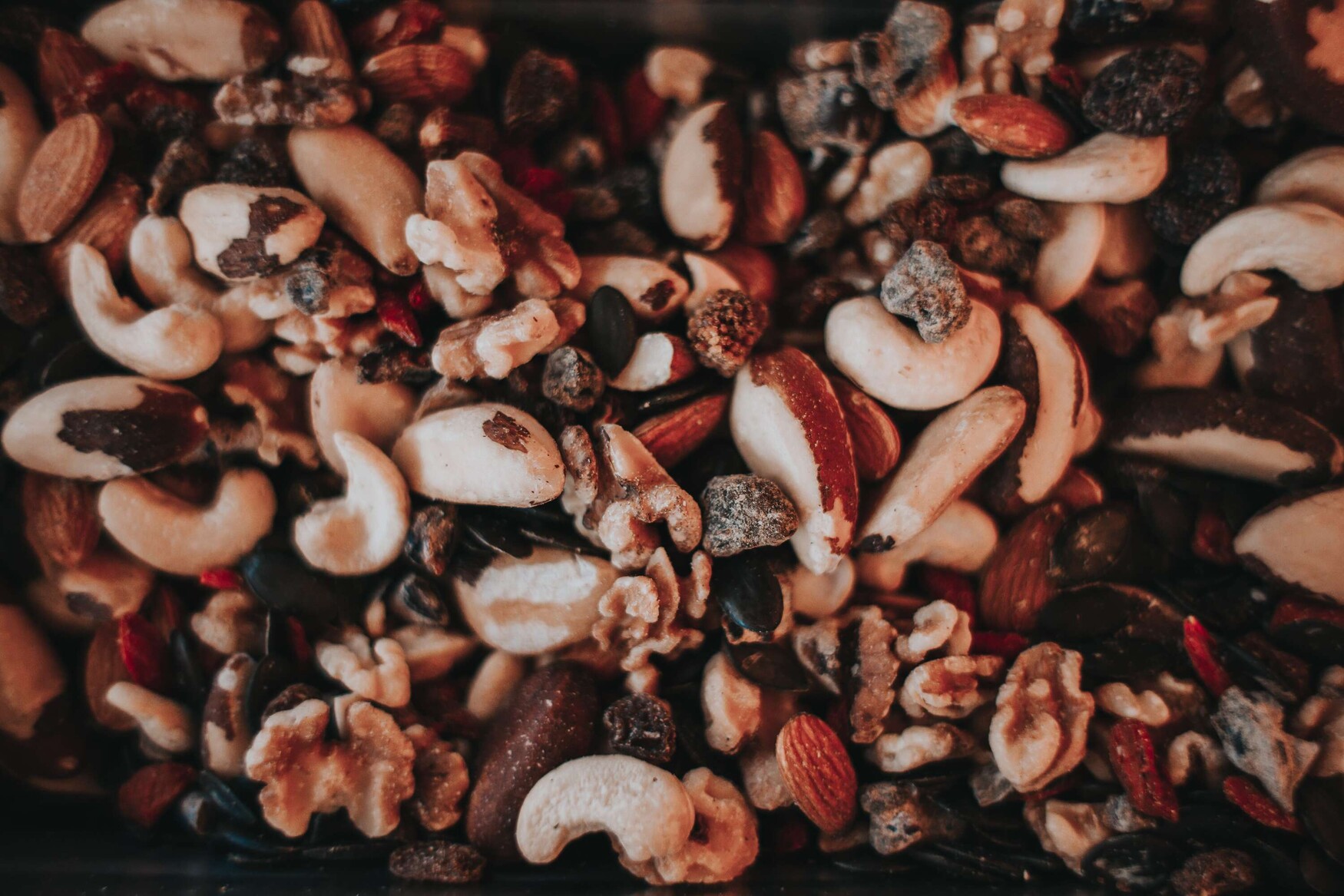Mobile Menu
- About Us
- Undergraduate
- Graduate
- Postdocs
- Research
- Alumni
- Giving

Researchers at the University of Toronto have found that nuts do not contribute to weight gain, in the most comprehensive review to date of quality research on links among nuts, fat consumption and body weight.
The study provides further evidence that long-standing concerns about nuts and weight gain — often found in popular media and clinical nutrition guidelines — are unnecessary.

“Overall, we found there is no association between nuts and weight gain, and in fact some analyses showed higher nut intake associated with reductions in body weight and waist circumference,” said Stephanie Nishi, lead author and doctoral student in nutritional sciences at the time of the study who is now a postdoctoral fellow in Spain.
“This study really hits home the idea that nuts can be a good option for people with diabetes or cardiovascular risk, but also for all individuals broadly as part of a healthy eating plan, without caveats,” Nishi said.
The journal Obesity Reviews recently published the study.
The researchers pooled the results of 121 clinical trials and prospective studies, with over half a million participants. They next used a widely accepted system called GRADE (Grading of Recommendations Assessment, Development and Evaluation) to gage the quality of the studies.

“We found the certainty of evidence was high for trials and moderate for observational studies,” said John Sievenpiper, principal investigator on the study and an associate professor of nutritional sciences and medicine at the Temerty Faculty of Medicine.
“That’s a good indication of no harm from nuts relative to weight gain, no more than any other foods, and there may indeed be a benefit of weight loss in addition to the other widely acknowledged health benefits of nuts,” said Sievenpiper.
Many nutrition and clinical guidelines for diabetes and heart disease in particular recommend nuts as part of a healthy approach to eating, such as the Mediterranean, Portfolio, vegetarian or plant-based and DASH (Dietary Approaches to Stop Hypertension) dietary patterns.
Yet global consumption of nuts is far below those guidelines, and when people do meet the bar, it’s often through peanuts. A typical serving of nuts is 28 to 42 grams (1 to 1.5 ounces), or what fits in the palm of an adult hand, and many guidelines suggest one serving a day.
“We’ve seen consumption of nuts increase in some areas over the last decade, especially middle- and high-income countries, but most people could better realize their benefits,” said Sievenpiper, who admits to eating more than a handful most days.
“Always good to practise what you preach,” he added.
Sievenpiper said the study was a massive amount of work, led by Nishi during more than four years of her doctoral studies and encompassing many types of nuts, as well as people with various health conditions and statuses.
In related work, Sievenpiper is running a clinical trial on heart health and the Porfolio diet, with nuts as a core pillar. Earlier this year, his lab found that a calorie labelled is not the same as a calorie digested and absorbed, when people consume almonds.
Nishi is now studying nuts, cognitive performance and vascular health in the lab of Jordi Salas Salvadó at Spain’s University of Rovira i Virgili.
“I didn’t used to eat many nuts, but now I’m surrounded by almonds and macadamias, so eating more,” Nishi said. “Especially due to the evidence supporting their health benefits, but also because of their versatility, in the kitchen and on the go.”
The research was funded by the PSI Graham Farquharson Knowledge Translation Fellowship and the Banting & Best Diabetes Centre Sun Life Financial New Investigator Award. For a full list of all researchers' funding, see the Source of Research Support and Potential Conflicts of Interest sections at the end of the journal article.
